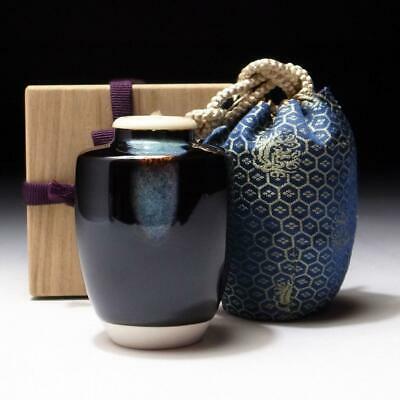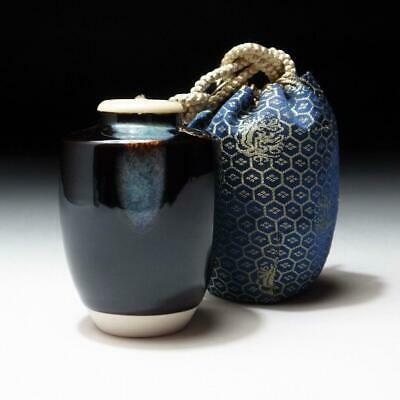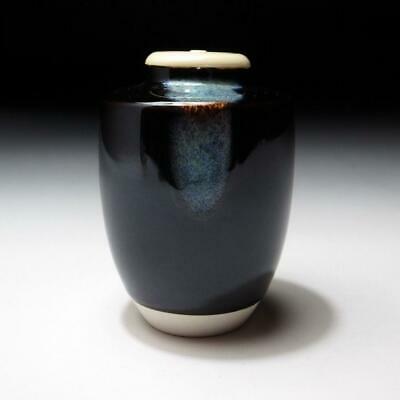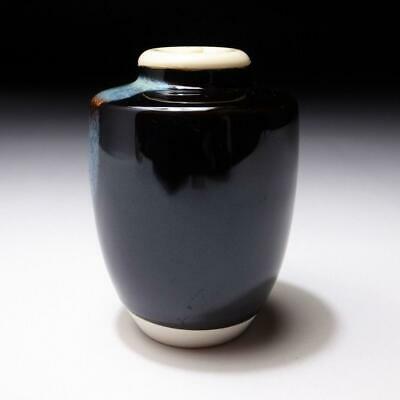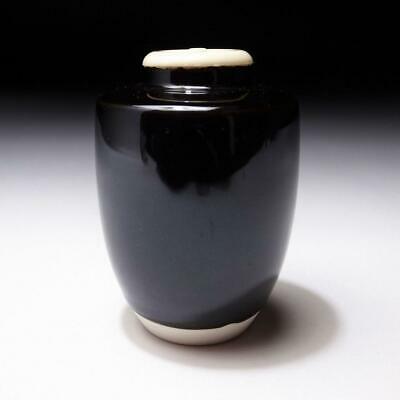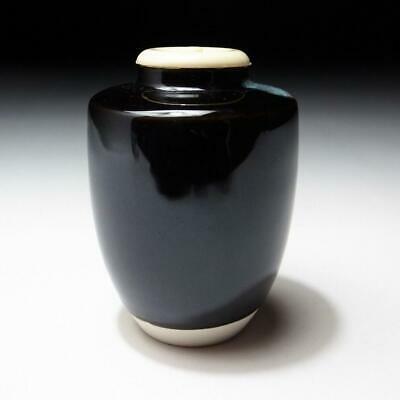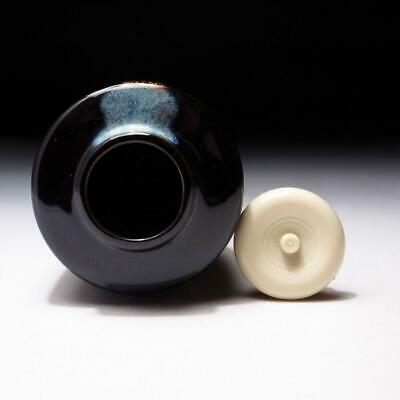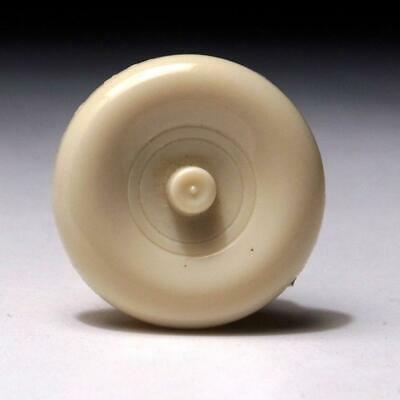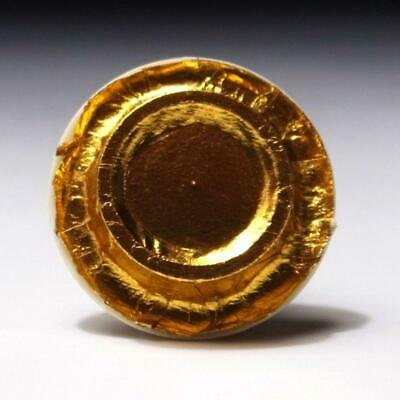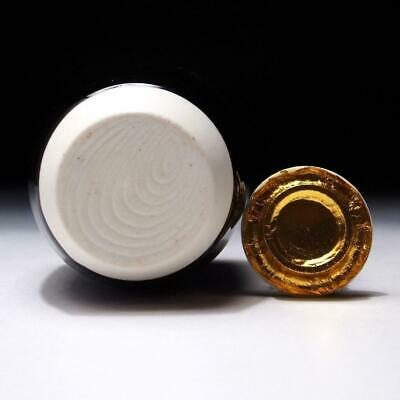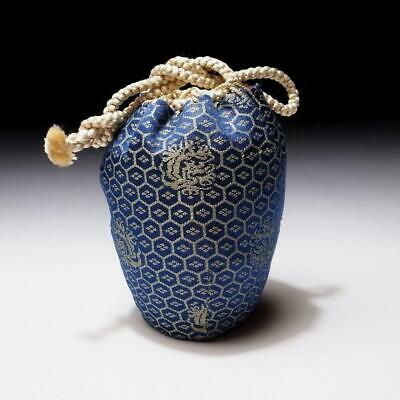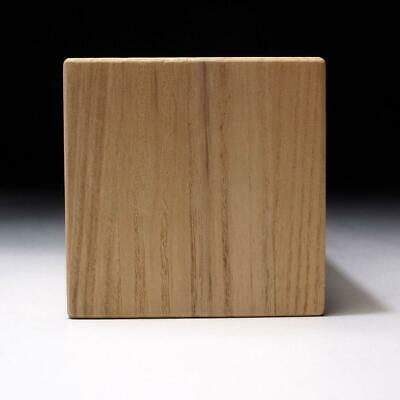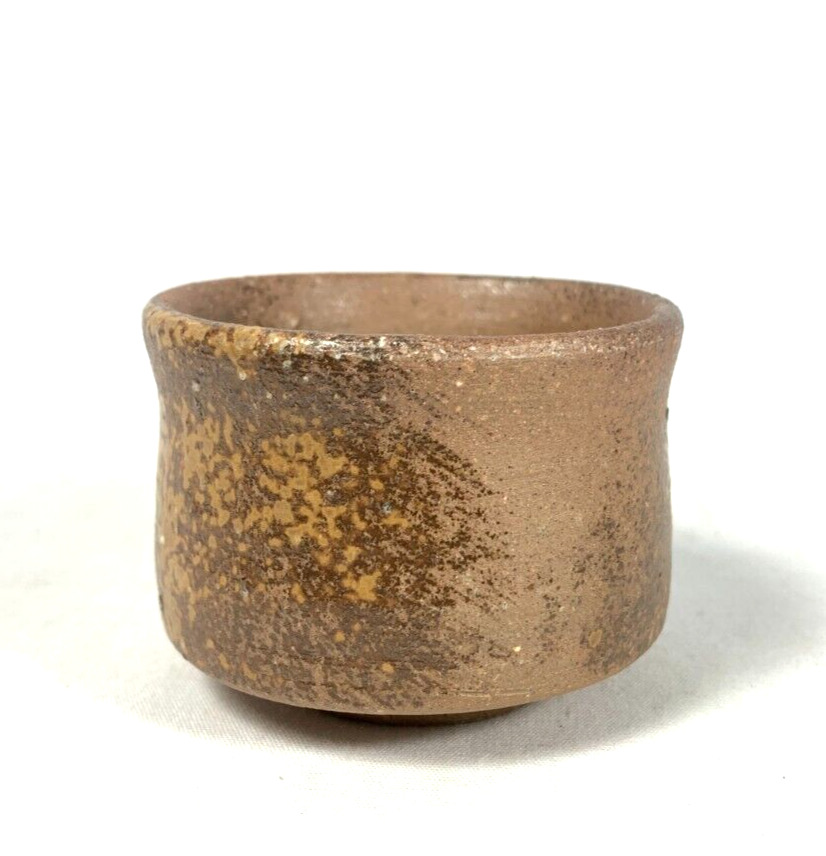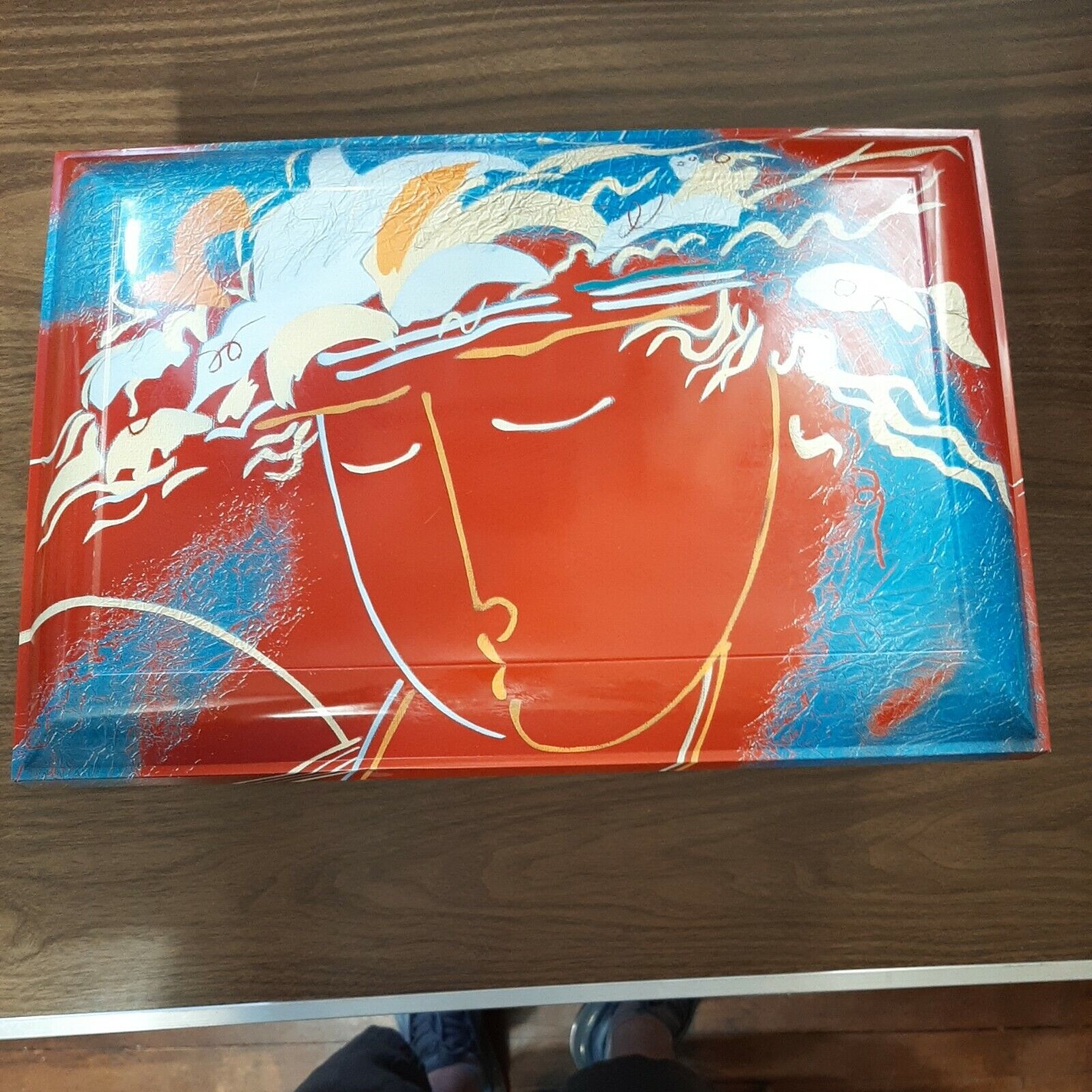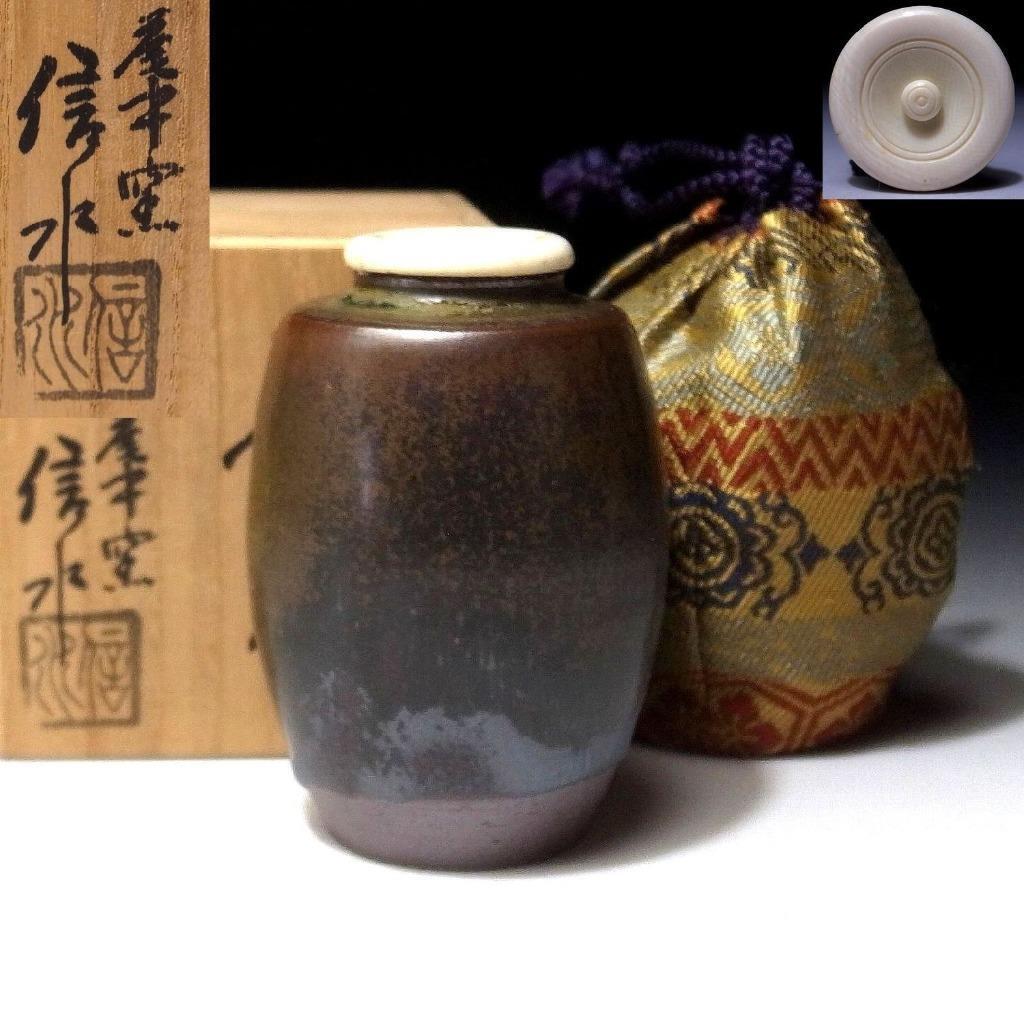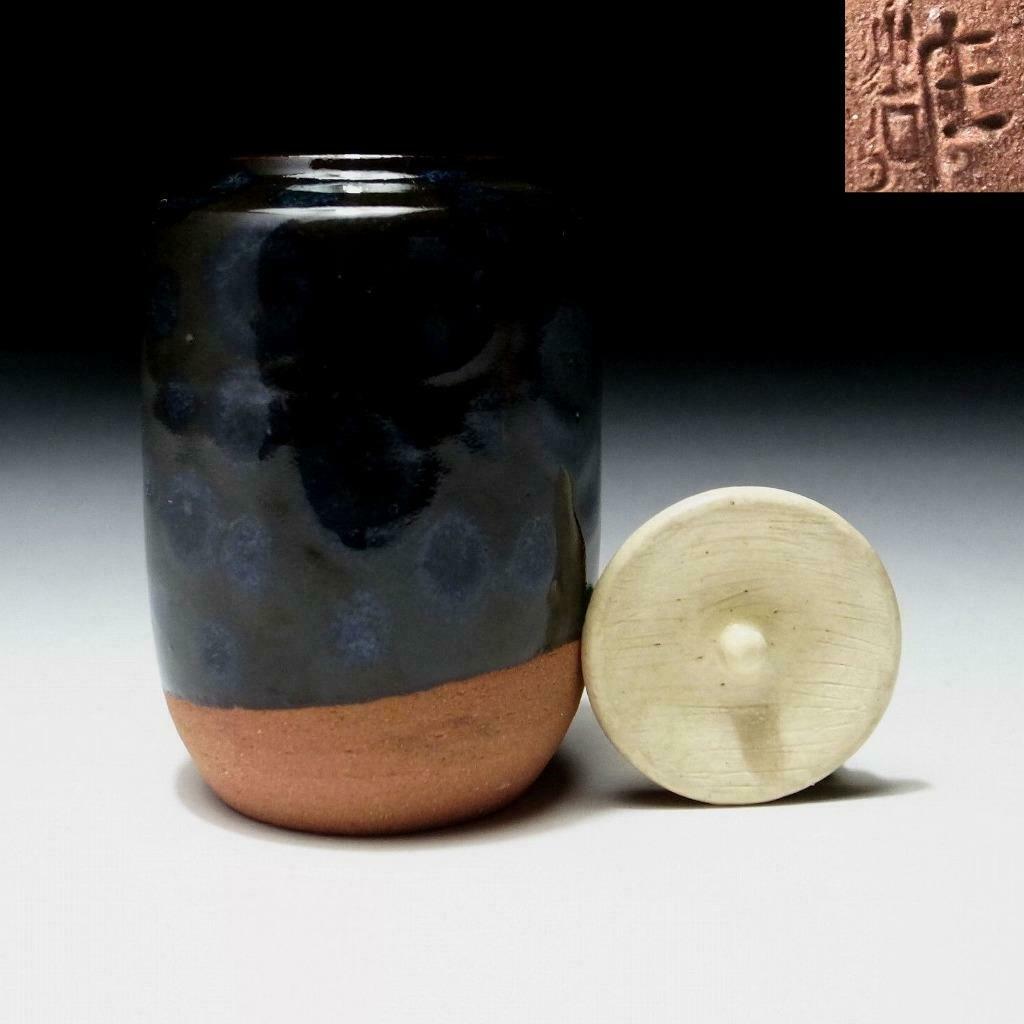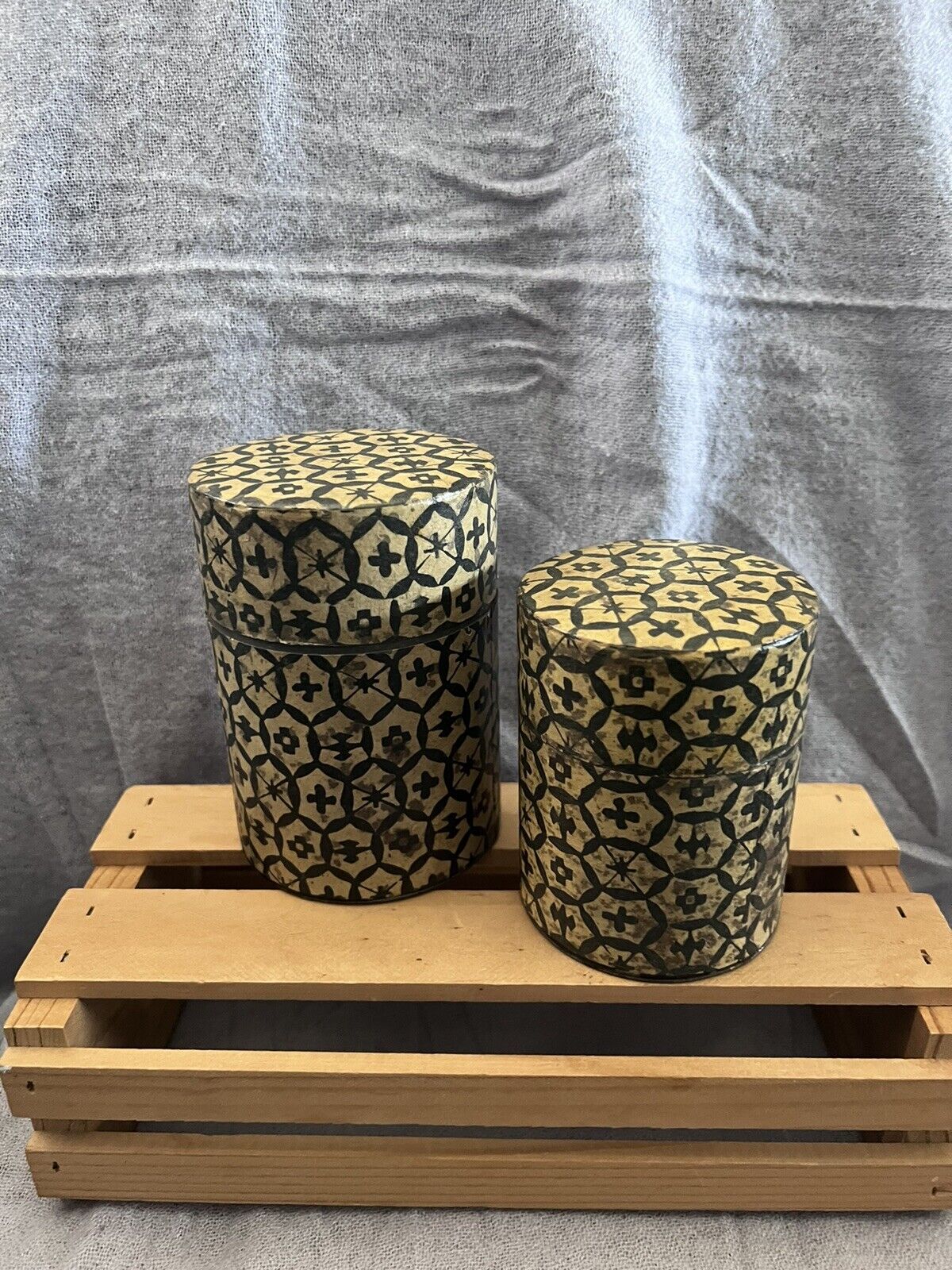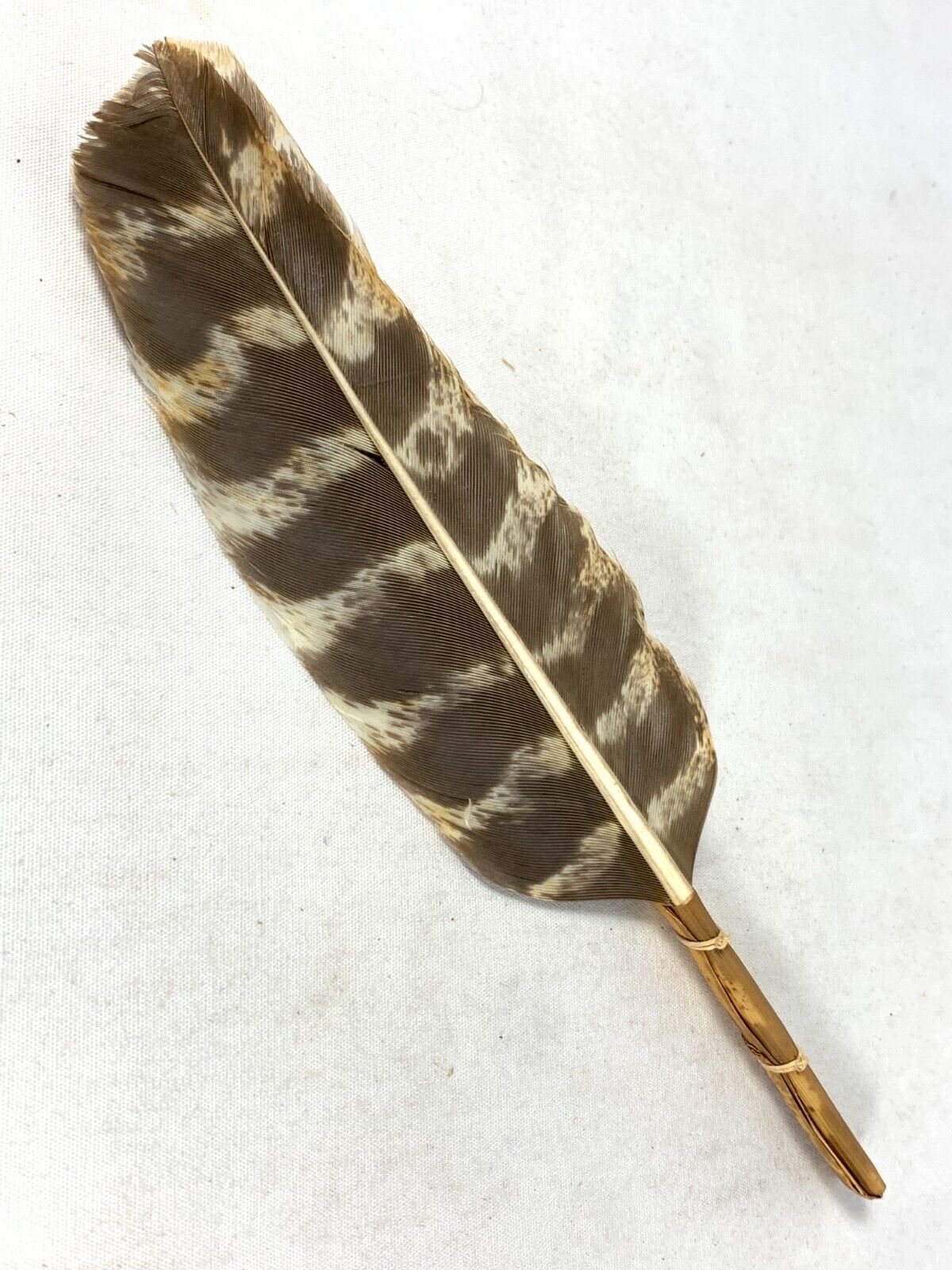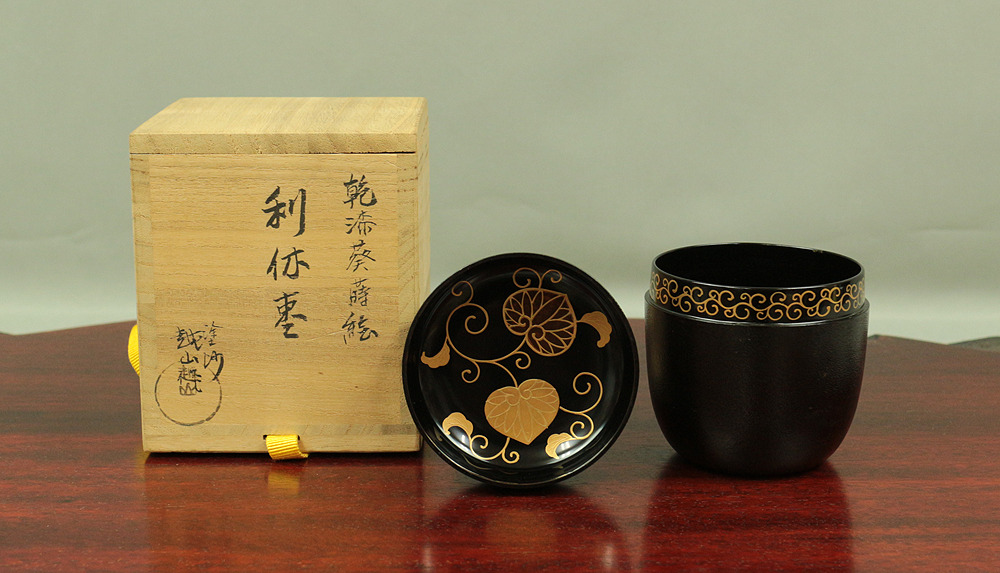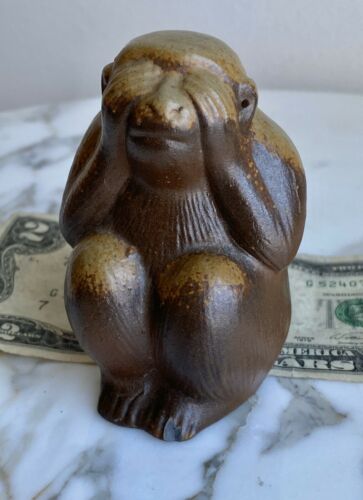
$SK47: Vintage Japanese Tea Caddy, Seto Ware with wooden storage box
$SK47: Vintage Japanese Tea Caddy, Seto Ware with wooden storage box
Click images to enlarge
Description
We can ship WORLDWIDE !!!
The shipping cost discount for multiple purchases (In case of Registed SAL shipment) :
2-5 items : 30% Discount
6-10 items : 35% Discount
11 and more items : 40% Discount
1) ITEM DESCRIPTION
Condition :
As shown in the picture, it’s very good condition. No chips, No cracks.
Size :
Height 3.0″(7.7cm) x Dia. 2.2″(5.5cm)
Item Description :
This is a vintage Japanese tea caddy of Seto Ware, which was made about 30 years ago.
The original cloth bag (It’s called “Shifuku” in Japanese.) is attached.
The wooden storage box(no signature) is also included.
(About Seto ware)
Seto ware is the pottery made in Seto city and nearby areas of modern Aichi prefecture. The Seto area was the center of pottery manufacture in the Kamakura period; Ko-seto (old seto) designates pieces made at this time. At the end of the Muromachi period the center of the pottery manufacture moved to nearby Mino. At that time, wares made in the area from Seto to Mino were called setoyaki. In the early Edo period, some pottery manufacture moved back to Seto.
In 1822, Kato Tamikichi (1722-1824) introduced sometsuke jiki (blue-and-white porcelain; see *sometsuke) from Arita in modern Saga prefecture, and this porcelain, called shinsei (new production) rather than the original Seto ware pottery, hongyou became standard.
In the Meiji period, Seto ware adapted Western techniques, gaining great popularity. In addition to plain seto, the Mino kilns also produced several types of Seto wares from the mid-16th century, including Seto-guro (black seto), and Ki-seto (yellow seto). Kiseto, fired at the same kilns as Shino and setoguro wares during the Momoyama period, featured “fried bean-curd” glaze, Aburagede developed in emulation of Chinese celadons.
It utilizes an iron-rich wood-ash glaze and is reduction fired at a high temperature to produce a celadon-like texture and bone color; in an oxygen-rich kiln, the minerals in the clay and glaze create a distinctive opaque yellow glaze.
Motifs are etched in the clay, then highlighted in green. Typical shapes, glazes and decoration all reflect functions in the tea ceremony or kaiseki meal. Setoguro wares were made by removing a black-glazed stoneware vessel directly from a hot kiln at the point of glaze maturation, and allowing it to cool in the open air. The sudden temperature change turned the thick glaze a deep glossy black.
2) SHIPPING COST
a) USA: Airmail (
No tracking
)
US$12.8 / DHL Express mail US$24.0
b) ASIA, CHINA:
Airmail (
with tracking number
)
US$9.8 /DHL Express mail
US$19.8
c) EUROPE, UK: Airmail (
with tracking number
) US$12.8 / DHL Express mail US$24.0
d) Australia, Canada, Russia (
Some local area needs more US$26 extra cost with the original shipping cost
): Express mail
US$24.0
e) JAPAN: Takkyubin (with tracking) US$9.8
3) ABOUT SHIPPING METHODS
a) Airmail (No tracking) of JAPAN POST
Estimated Delivery time About 3-5 weeks
b) If Express mail (DHL, FedEx or EMS) is better for you, please ask us about shipping cost.
4) PAYMENT
Only Paypal payment is accetable. If you’d like an other payment method, please contact me before winning a bid.
Thank you for looking and happy bidding !
Pictures sell!
Auctiva offers Free Image Hosting and Editing.
300+
Listing Templates!
Auctiva gets you noticed!
Attention Sellers – Get Templates
Image Hosting, Scheduling at Auctiva.com.
Track Page Views With
Auctiva’s FREE Counter

